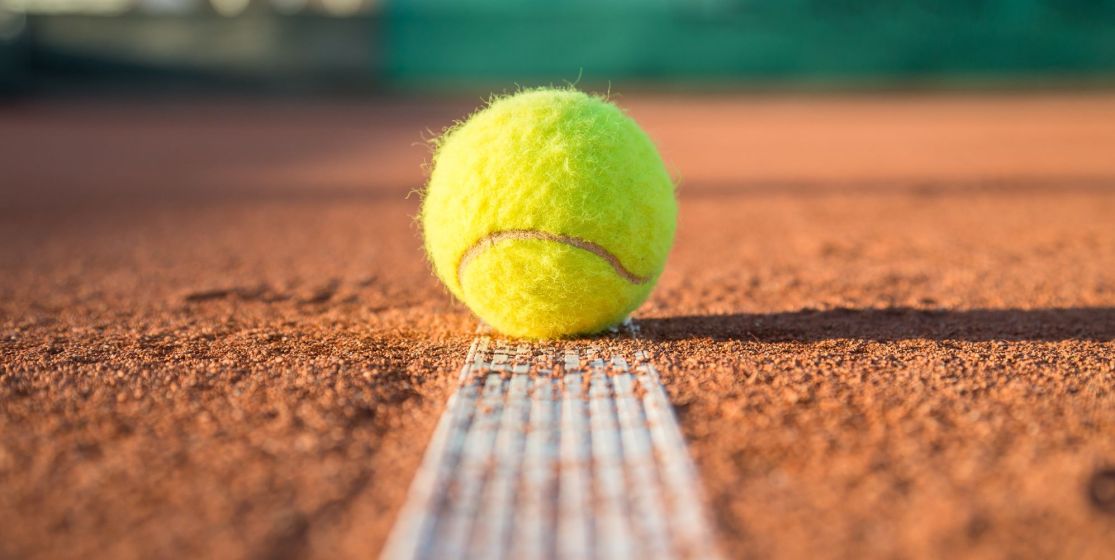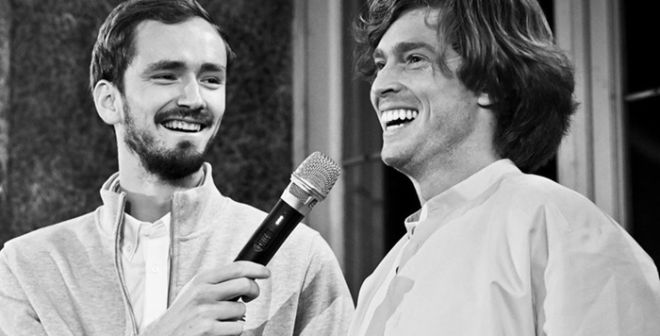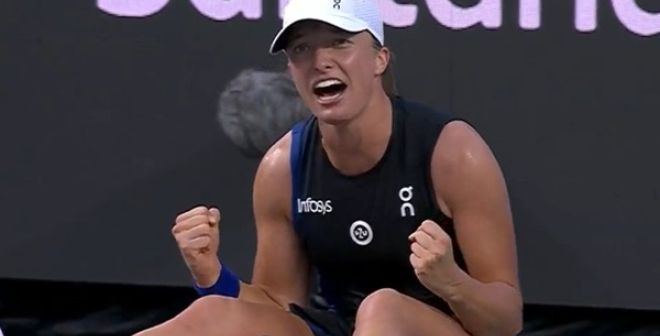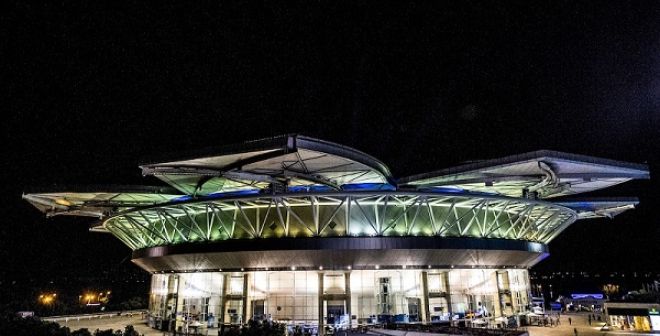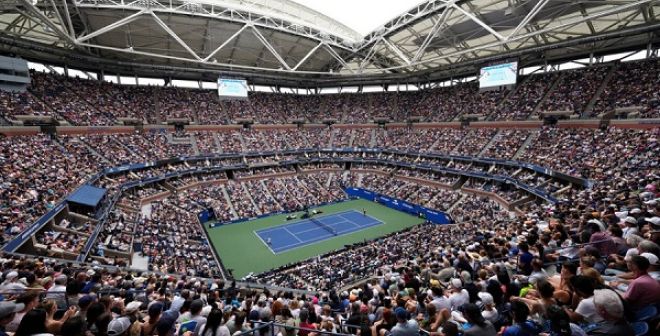Nadal and Djokovic have gone back to the clay at Monte Carlo without preparation. No need now as the best can shine on all surfaces. This means the end of the specialists: from the sliding masters of clay to the grass-loving serve-volleyers…
One glance at the list of Great Slam winners since July 2004 is enough to be convinced. The thirty-one titles awarded since the Wimbledon of that year saw only five winners. Two exceptions to the rule: Safin (Australia 2005) and Del Potro (U.S. Open 2009). The rest belong to the infernal trio who have ruled the circuit since: Federer (14 titles), Nadal (10) and Djokovic (5). The appearance of these three musketeers, to which we could add Andy Murray, the fourth thief without a crown, also marks the rise of a quartet of “complete” players, able to win on all surfaces. "Beyond the abilities of these four, it’s the uniformization of surfaces which has contributed most to their emergence” analyzed Ivan Ljubicic in the twilight of his career, in Monte Carlo last week. “The grass at Wimbledon is not as fast as it used to be. It is actually getting slower and slower from the end of the first week. Inversely, the balls and the good weather, when it’s there, have accelerated the game at Roland Garros. And then there are the other two (Grand Slams) that are played on hard courts, which has become the median surface."
To many observers, the first stab in the organisation of a Grand Slam for specialists happened back in 1992. With the victory of Andre Agassi at Wimbledon, the Kid from Las Vegas reversed the paradigm of the serve-volley player thanks to his devastating returns. “Basically, the American took the ball early, whatever the surface was” said Ilie Nastase, the former Romanian champion. “At Wimbledon that year the big servers, including Ivanisevic in the final, had the impression of playing against a wall - that was how well he was able to read their serves. Then he benefited from the deterioration of the turf as the tournament progressed”. Steffi Graf’s future husband was evolving on the court like on a ping-pong table. His father made him work on his visual acuity even before he could hit his first ball (1). Suddenly, the American was playing inside the court. It is no coincidence that since then no top-gun server (Roscoe Tanner, Kevin Curren ...), nor rank outsider (Chris Lewis) has reached the final on the London grass – the only surprise: MaliVai Washington in 1996, but even he belonged in the Top 15. Not a coincidence either that Agassi, in 1999, became the first player to win all four Slams on four different surfaces.
Indoor courts, the exception that proves the rule
Besides his propensity to take the ball very quickly (a faculty that Federer would bring to whole new level soon after), the 1996 Olympic champion would benefit from the changing characteristics of the different surfaces on the circuit. Poles apart, in terms of game and speed, the clay and the grass will become closer to the most used surface in the circuit: the hard courts. More sensitive to natural conditions, the ochre court was, above all, the main place to display the new-found power of tennis. Points in three or four shots are played more and more often. Light-years removed from the endless rallys of yore. Besides this new athletic vigor and "the leveling of surfaces, the evolution of equipment has played its role, especially at Roland Garros. The balls have become faster and racket-strings and frames have evolved. All this contributed to a multi-surface uniformity which has benefited the most" says Ilie Nastase.
Now, finally, the only surface that really contrasts with the rest of regular ones is indoor tennis. No wonder journeymen such as Soderling thrive here. The ITF and ATP must have a place for their smaller names : less surprises and stars easily identifiable throughout the global village, business as usual. John Isner’s progress on clay (unthinkable in the old days for a giant of 6’7” who doesn’t slide well) in the last year, is great news: it’s both a new face and a multi-surface player. A special one, but not a specialist...
By Rico Rizzitelli
(1): his father, Mike, had installed a tennis ball hanging by a thread above his crib


